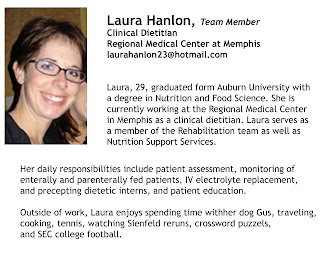
Kolkata
HistoryPrior to the establishment of British Calcutta, there were three pre-existing Bengali villages in the area: Suttanutte (or Sutani) and Gobindpore (or Govindapur, which formed the nucleus of Calcutta) plus one village by the name of Kalikata, the least important of the three. It seems likely that both ‘Calcutta’ (English) and ‘Kolkata’ (Bengali) were derived from ‘Kalikata’. Kolkata’s history is intimately related to the British East India Company, which first arrived in 1690, and to British India, of which Calcutta became the capital in 1772 and remained so until 1912. The Englishman, Job Charnock, is traditionally credited with founding the city, although this notion has been challenged in recent years, mostly by Bengalis, who prefer to believe that the original three villages represented a preexisting settlement - chiefly Gobindpore. The city was occupied by a large Bengali force in 1756, immediately after which occured the infamous Black Hole of Calcutta incident. Calcutta, briefly renamed Alinagur, was quickly retaken the following year by a small British force under Sir Robert Clive. In the nineteenth century Calcutta was the centre of activity in the early stages of the national movement of independence. In 1943 the city suffered an acute famine and its port was bombed by the Japanese. In 1946 there was an outbreak of violence between Hindus and Muslims, which claimed over 2,000 lives.Despite such challenges, Kolkata remained in the forefront of Indian prosperity up to independence and for some more years afterwards before the population pressure on infrastructure and political disturbances led to a gradual decline. A violent and bloody Marxist-Maoist movement known as the Naxal movement (after Naxalbari, the place where it first started) in the 1970s left the city badly bruised. The city’s recovery process gathered steam after India’s liberalization in the early nineties. From January 1, 2001, the local government decided to change ‘Calcutta’ to ‘Kolkata’ and passed the law legalising the name on July 30, 2001
GeographyTotal Area : 187.33 Sq. Km. (Including Added Area) S. S. Unit : 30.38 Sq. Km. Jadavpur : 40.00 Sq. Km. Garden Reach : 12.95 Sq. Km. Calcutta City : 104.00 Sq. Km.
Religion and languagesMain languages spoken in Calcutta are Bengali, Hindi, Gujarati, Malayalam, Oriya, Punjabi, Tamil and Urdu.
Religion-wise, breakup of population of Calcutta is indicated below as per 1991 census :
Hindus - 3546431
Muslims - 779433
Christians - 38155
Sikhs - 15786
Buddhists - 6171
Jains -13053
Other religions - 757
Religions not stated - 33
Climate
Calcutta has a subtropical climate, with summer monsoons. The annual mean temperature is 26.8 °C, and monthly mean temperatures range from 20 °C to 31 °C and maximum temperatures in Calcutta often exceed 40 °C during May-June.The lowest temperature hovers around 12 - 14 °C in the winter months of December and January.Winter is short- lasting - about 2 and a half months.
The main seasonal influence upon the climate is the monsoon. Maximum rainfall occurs during the monsoon in August (306 mm) and the average annual total is 1,582 mm.
Early morning mists are common. Evening smog often occurs due to nighttime temperature inversions and mixing heights are generally restricted to below 500 m during the night.
Summer is dominated by strong south-westerly monsoon winds. Mean ventilation coefficients are greatest in the pre-monsoon (8,118 m2s-1) and monsoon (7,410 m2s-1) periods. Total duration of sunshine is 2,528 hours per annum with maximum insolation occurring in March
References:
http://en.wikipedia.org/wiki/Main_Page


